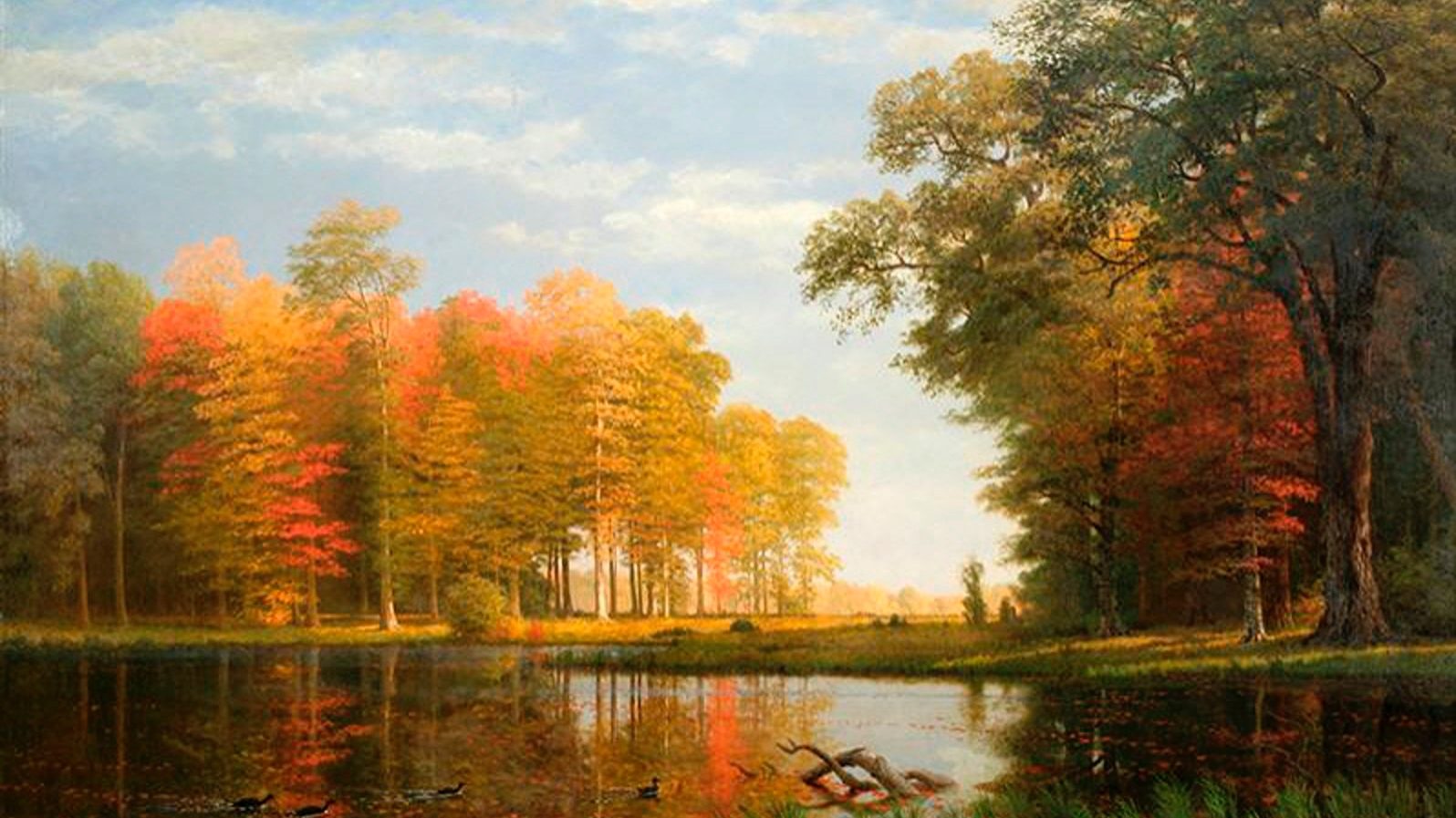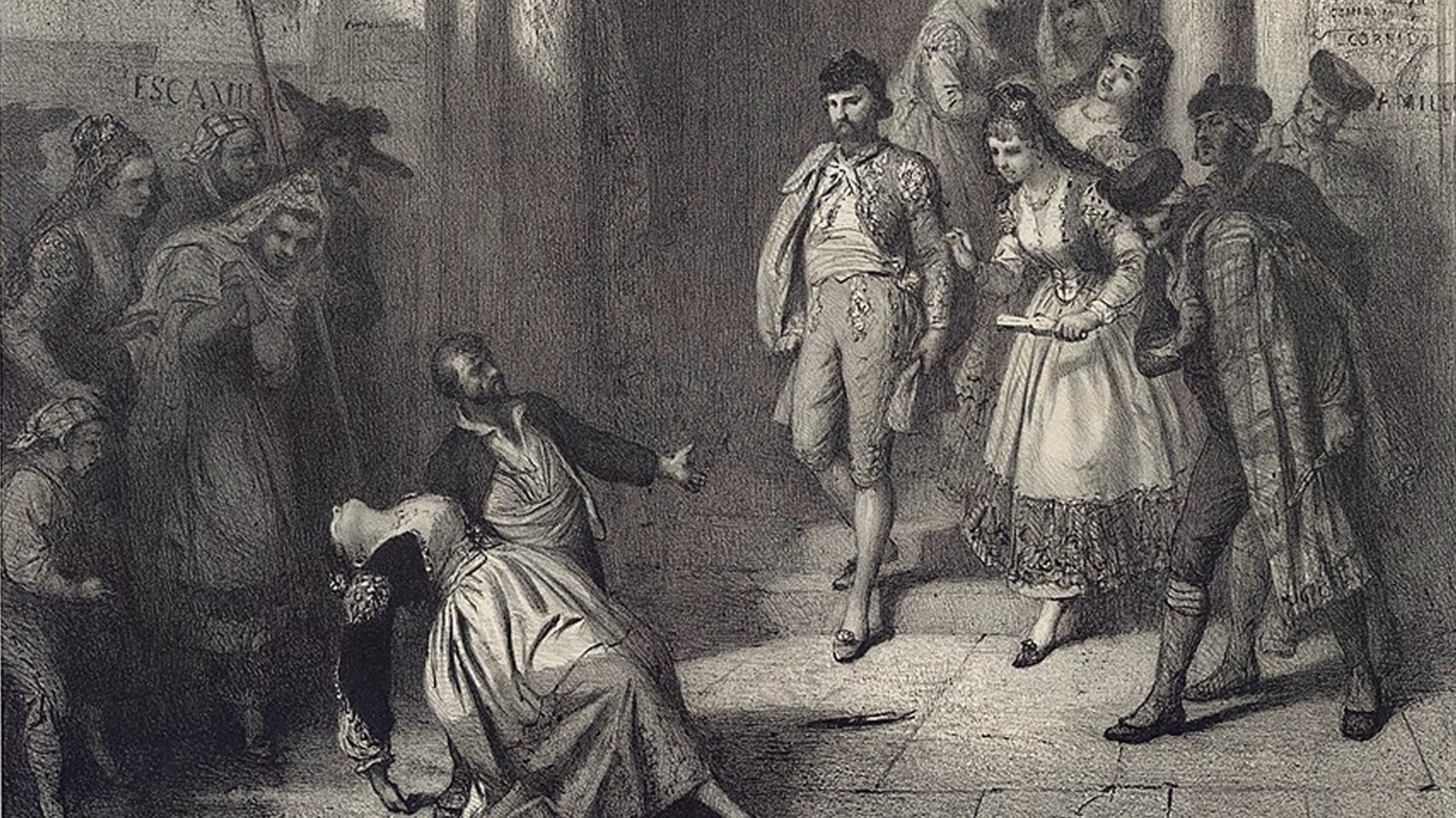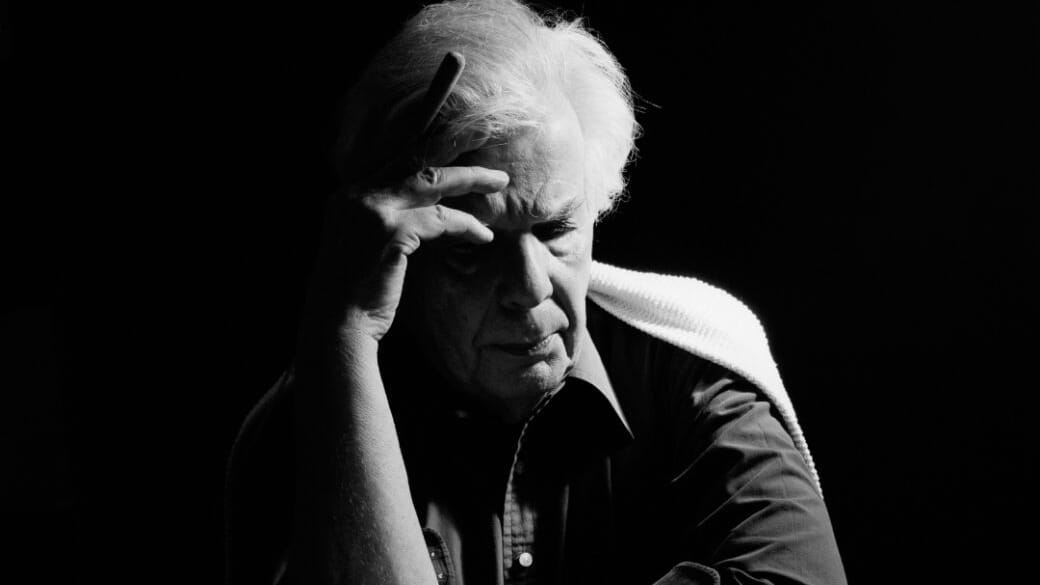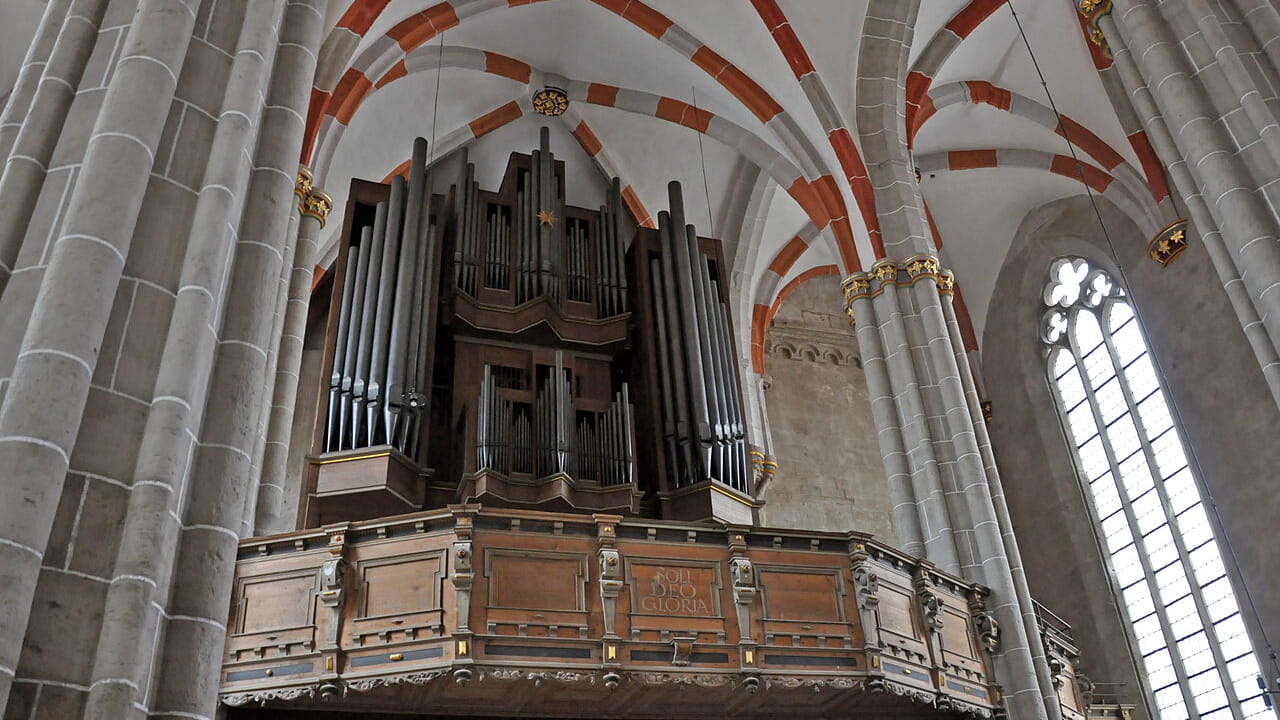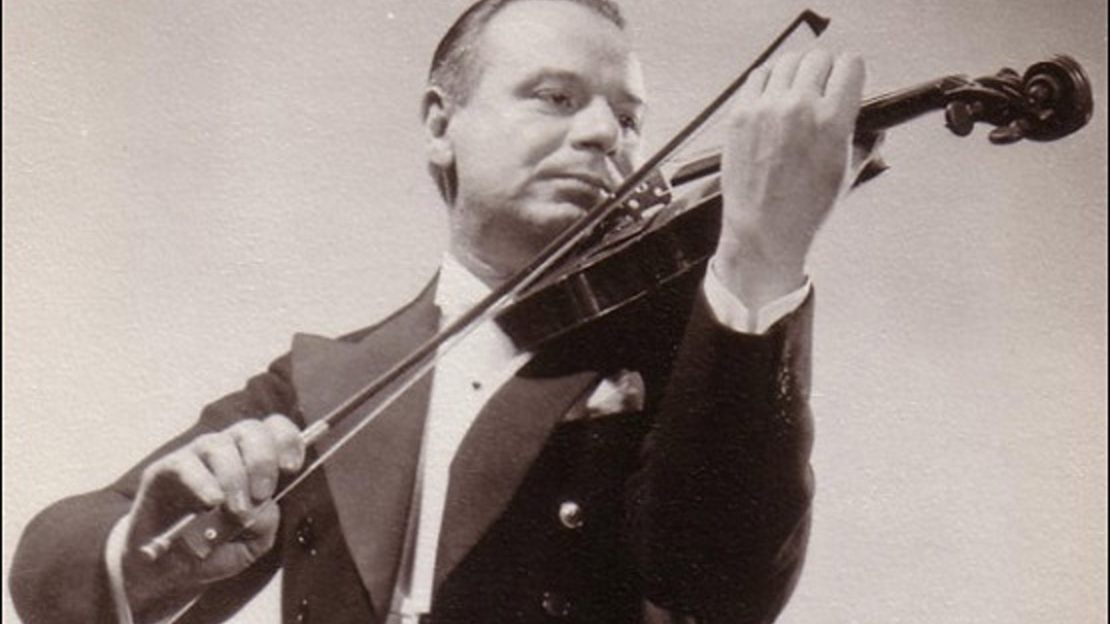Brahms’ Intermezzo in A Major, Op. 118, No. 2: Emanuel Ax
Completed in 1893, the Six Pieces for Piano, Op. 118 were among Johannes Brahms’ final works. They drift into a world of dreamy introspection and wistful nostalgia. The lengthening shadows of autumn are at hand. Brahms dedicated the collection to Clara Schumann. Op. 118, No. 2, the Intermezzo in A Major, is at once majestic, melancholy, and longing. Marked Andante teneramente (“tenderly”), it has been described as a cradle song. Developing from …

